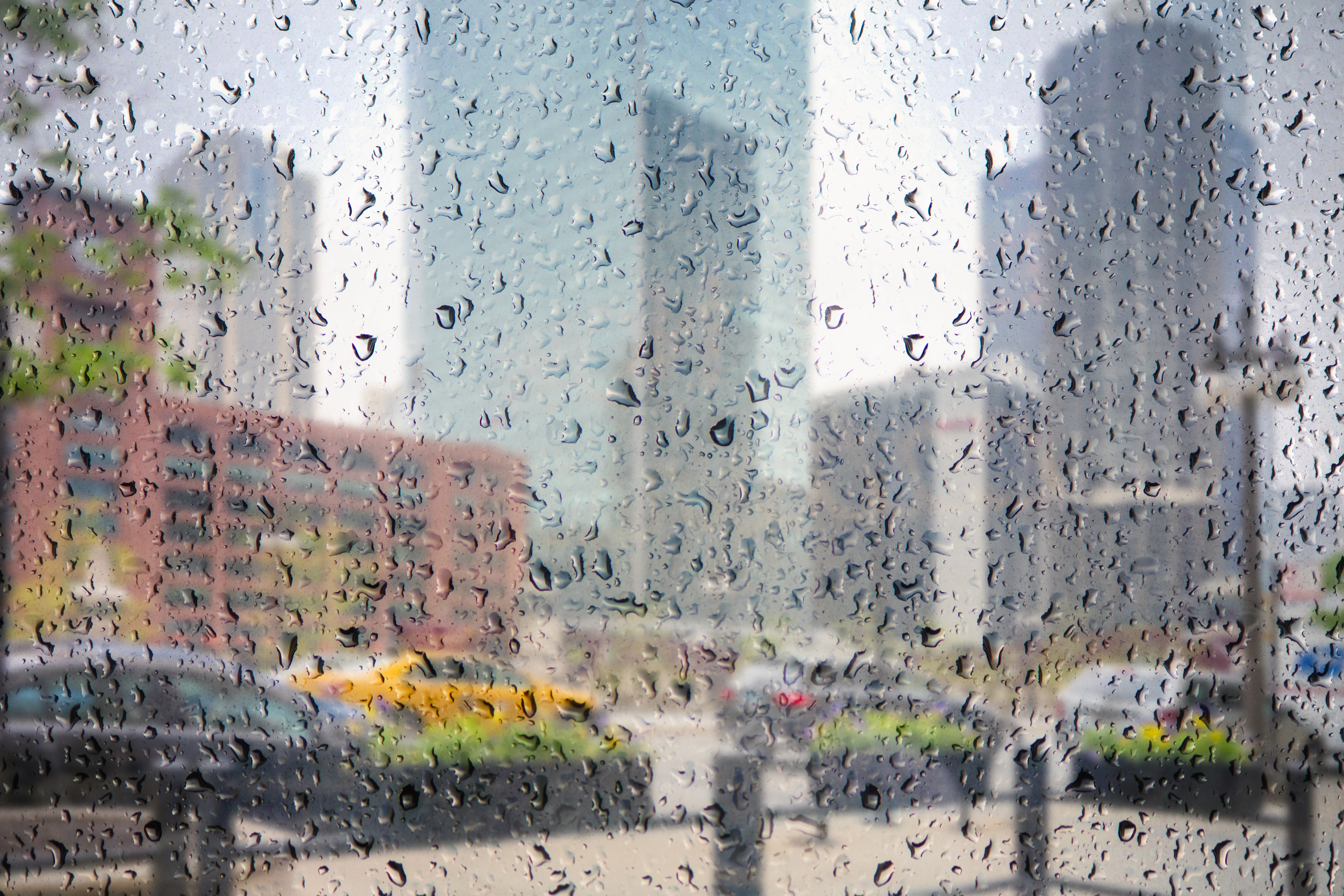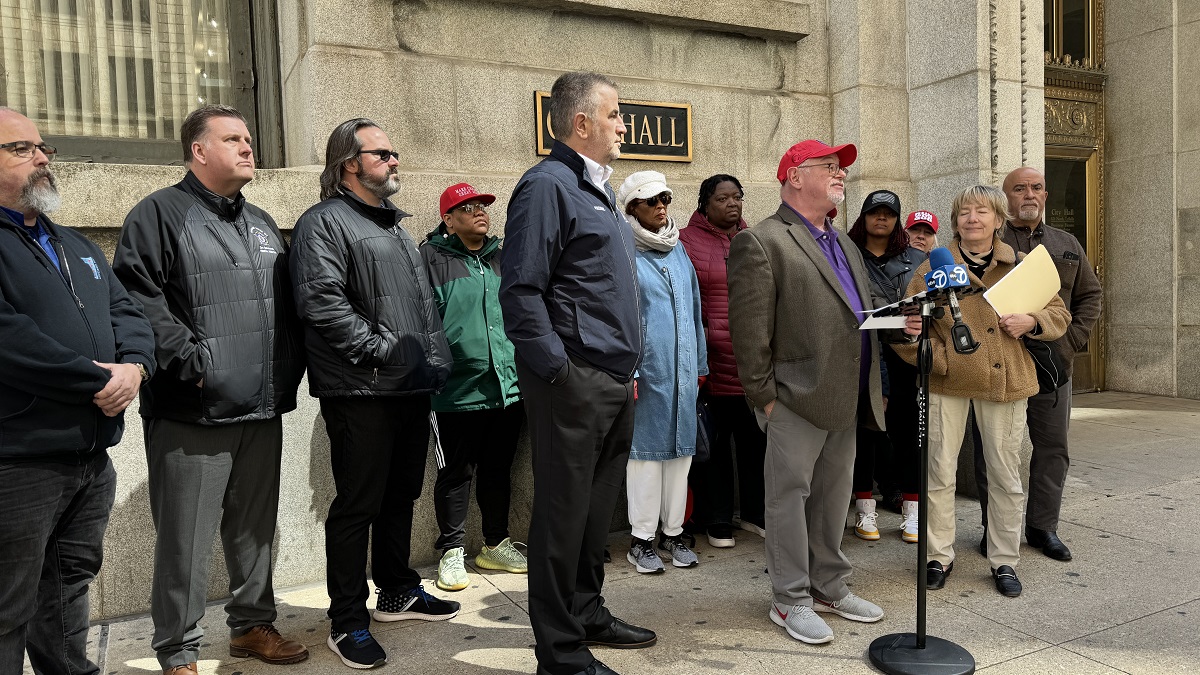The Centers for Disease Control and Prevention is now tracking two omicron subvariants that are responsible for more than 11% of COVID cases in the U.S., with top health officials saying that the new strains exhibit some “pretty troublesome” characteristics.
The new subvariants, known as BQ.1 and BQ.1.1, were added to the CDC’s COVID variant tracker in this week’s update. The two subvariants are descendants of the BA.5 omicron variant, which has been the dominant strain of COVID in the U.S. for more than three months.
Both BQ.1 and BQ.1.1 are responsible for 5.7% of COVID cases in the U.S., according to the latest estimates, leapfrogging them ahead of the BF.7 subvariant, which is responsible for 5.3% of cases.
With the split-off of the two new subvariants, BA.5 cases have now dropped to an estimated 67.9%, according to the CDC. The BA.4.6 subvariant remains the second-most prevalent in the U.S. at 12.2%.
Feeling out of the loop? We'll catch you up on the Chicago news you need to know. Sign up for the weekly Chicago Catch-Up newsletter here.
According to White House Medical Adviser Dr. Anthony Fauci, BQ.1.1 specifically has shown an “apparent ability to evade antibody treatments,” such as monoclonal antibodies, and says that the variants are showing "pretty troublesome" characteristics.
“That’s the reason why people are concerned about BQ.1.1., for the double reason of its doubling time and the fact that it seems to elude important monoclonal antibodies,” he told CBS in an interview.
According to NPR, "doubling-time" is a metric used by epidemiologists to determine how rapidly a virus is spreading in a given population. The faster that cases of a particular strain double, the faster it is spreading, according to physicians.
News
Fauci did say that while all data is preliminary, it does appear that the new bivalent COVID boosters, specifically formulated to combat omicron subvariants, are still effective at preventing serious illness and death even with the new variants that are emerging.
This comes as cases, deaths and hospitalizations continue to decrease across the United States, according to CDC data.
Even still, Fauci and other public health officials say that slow uptake of the new COVID vaccine boosters could potentially lead to serious consequences in the fall and winter months, when more residents are spending time indoors.
In Illinois, cases have essentially flattened in recent weeks, with a daily average of 1,623 new cases of COVID per day. Most of the state remains at a “low transmission” rate of the virus, according to the CDC, with a handful of counties currently at a “medium transmission” rate, including Champaign County and Jo Daviess County.



